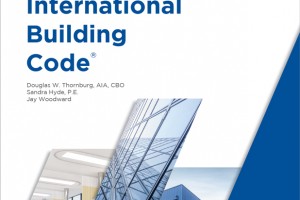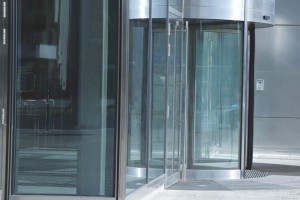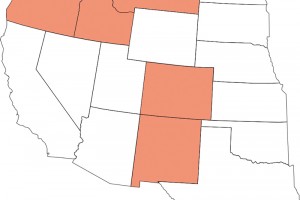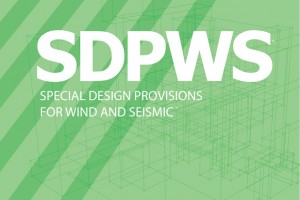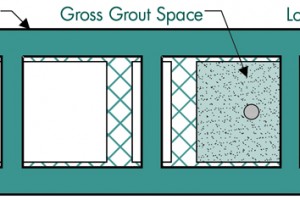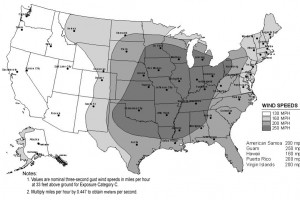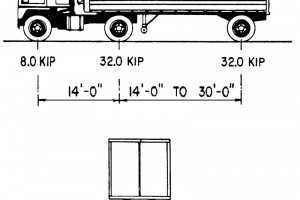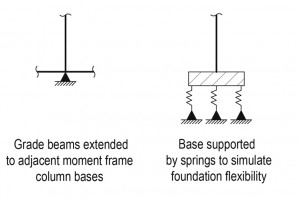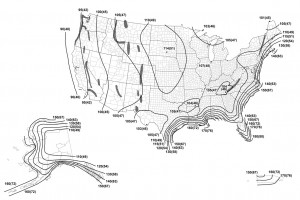Part 3: Special Inspections (Chapter 17)
This five-part series (Part 1, STRUCTURE, November 2021, Part 2, December 2021) includes discussion of significant structural changes to the 2021 International Building Code (IBC) by the International Code Council (ICC). This installment includes an overview of changes to Chapter 17 on special inspections and testing. Only a portion of the total number of code changes to this chapter are discussed in this article. More information on the code changes discussed here can be found in the 2021 Significant Changes to the International Building Code, available from ICC (Figure 1).
…
